The role of pool decking in your swimming pool area cannot be overstated. It is a vital safety feature, helping to maintain a clean and accessible pool environment, as well as providing a surface for lounging and sunbathing. When creating or renovating your pool area, it is essential to understand pool deck design, including materials, styles, and maintenance. In this comprehensive guide, we will discuss the importance of pool decking, the materials available, the designs, the installation process, and pool decking maintenance, all of which contribute to pool decking safety.
Understanding Pool Decking
Pool decking means the surface area around the swimming pool, which is usually an integral part of the pool’s overall experience. The main purposes of pool decking are:
Safety: A well-designed pool deck is a safe environment and reduces the chances of slips and falls.
Aesthetics: Improving the appearance of your pool area.
Functionality: Providing a space for relaxation, sunbathing, and entertaining.
Key considerations in pool deck construction
There are several important factors to consider when planning your pool deck construction:
Materials: Durability, aesthetics, and maintenance requirements are all dictated by material choice.
Safety features: Non-slip surfaces, proper drainage systems, and barriers should also be included to ensure compliance with local regulations.
Maintenance: Consider how much time it will take to maintain the herb garden. Some materials require maintenance more often than others.
Popular Pool Decking Materials
When you are planning to build a new pool deck, the material you choose is very important in terms of aesthetics and swimming pool safety. The good news is that each option has its pluses, design possibilities, and budgeted costs, depending on your preferences as far as budget, maintenance, and style goals.
-
Concrete
One of the most popular pool deck designs is concrete, as it is cost-effective and flexible.
Advantages
Durability: The intense weather conditions can be handled by concrete.
Versatility: Easily shaped, stamped, and colored.
Affordability: More cost-efficient than other pool deck construction options.
Design options
Stamped: It resembles natural stone or wood texture.
Colored: Complements or matches the surrounding landscaping and pool tiles.
Textured Finishes: They enhance grip, which helps to make the swimming pool safer.
Concrete also meets most of the requirements for slip resistance and structural strength of a pool deck.
-
Natural stone
Travertine, limestone and slate are a few types of natural stone that will give a touch of elegance to any pool deck design.
Benefits:
Elegant Appearance: Luxurious and timeless.
Longevity: It can live on for decades when sealed and maintained.
However, natural stone for pool decking has some considerations:
Maintenance requirements:
Regular sealing may be needed.
Cost: Tends to be more expensive upfront than concrete.
Despite these, natural stone meets the necessary pool deck requirements of durability and slip resistance.
-
Wood and composite
Wood and composite materials provide a wood environment that looks organic.
Natural wood: Offers warmth and visual appeal. It needs regular sealing and staining to protect it against moisture and decay.
Composite materials: Produced from wood fibers and plastics, these are a durable and low-maintenance solution that promotes swimming pool safety.
With these materials, you can design a creative pool deck, but make sure that they comply with pool deck requirements for weather and water exposure.
-
Pavers and Tiles
Pavers and tiles are very customizable and are popular in modern pool decking projects.
Advantages:
Variety: Supplied in a variety of shapes, colors, and finishes.
Visual appeal: This is perfect for taking the look of your pool deck design to the next level.
Installation considerations:
They were required to provide proper spacing for drainage and flexibility to reduce cracking, and these are the critical pool deck requirements.
Slip resistant surfaces are great for pavers and tiles in enhancing aesthetics and swimming pool safety.
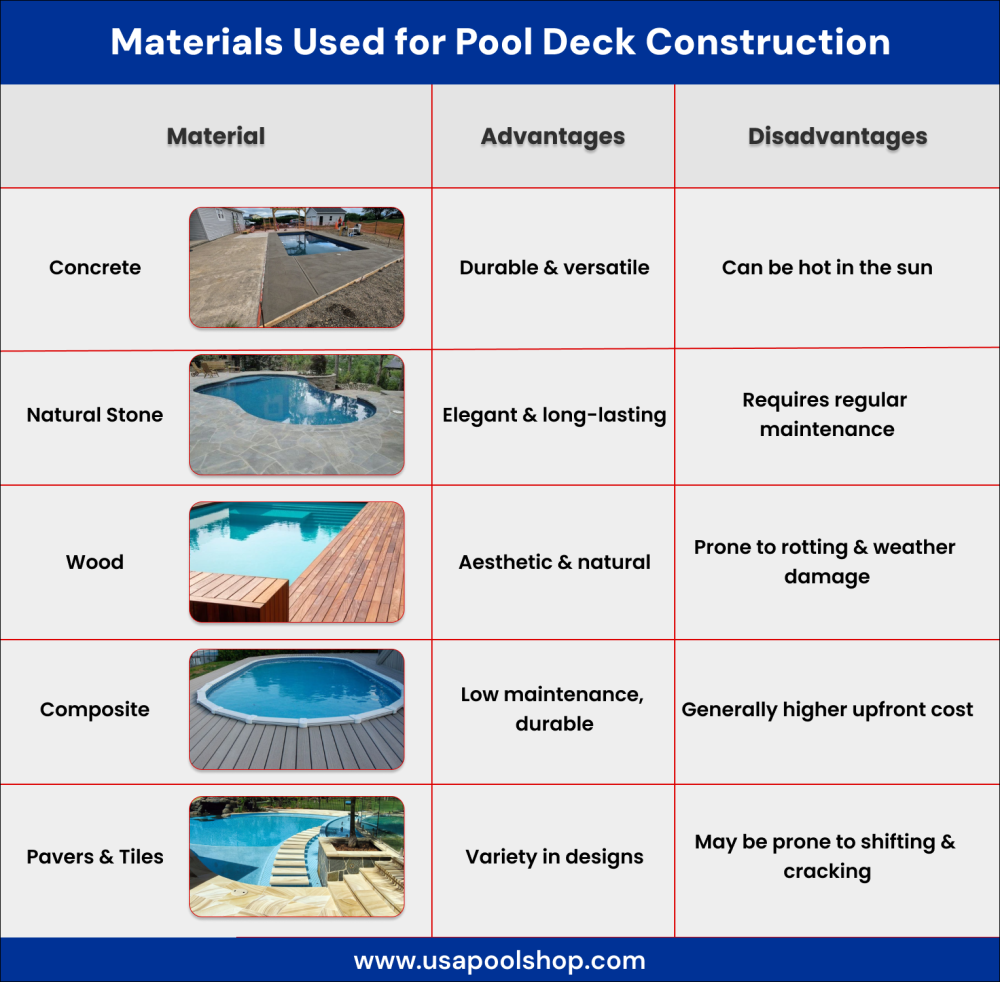
Pool Deck Design Considerations
They were required to provide proper spacing for drainage and flexibility to reduce cracking, and these are the critical pool deck requirements.
Slip resistant surfaces are great for pavers and tiles in enhancing aesthetics and swimming pool safety.
Safety features: It is crucial to ensure the inclusion of swimming pool safety components such as slip resistance and adequate slope to prevent water collection.
Building codes: Always ensure compliance with local authorities' pool deck requirements regarding depth, barriers, and entrances.
Functionality vs. aesthetics: Select a design that fits your house and is an integral element in your property; allot space for the necessary furniture, layout, and space for activities.
Integrating Swimming Pool Safety Features
Creating a safe swimming environment requires thoughtful integration of various safety measures. Below are essential features to enhance pool safety:
Non-slip surfaces: Slips will be prevented by textured finishes, especially around wet areas.
Drainage systems: It should ensure good water runoff so that the deck remains dry and safe.
Fencing: Child safety and following the regulations mean the possibility of installing a child safety fence around your pool.
Modern Pool Deck Ideas
Then you will be able to maintain a fresh and stylish echo in your pool decking by incorporating contemporary materials and features.
Glass tiles: A reflective effect can make them extremely visually striking and modern.
Sustainable materials: If all else fails, opt for bamboo or recycled materials.
Curved decks: Reminiscent of the freedom of fluid and organic designs, they break from traditional linear designs.
Integrated seating: Gatherability and relaxation can be enhanced by having built-in seating areas or sunken fire pits.
Lighting: Lighting under the deck and pathways makes for safer and more ambient evenings.
Pool Deck Installation Process
Understanding the pool deck installation process will help you achieve a successful project. Here are the steps involved:
Design planning: With a designer, we will decide on what a layout looks like and how it works with your land ecosystem.
Material selection: Decide on the right materials for the design and maintenance of your motifs.
Site preparation: Remove Debris, vegetation, and level the ground in the clear area.
Base layer installation: Install a suitable base layer for support based on the material.
Deck material installation: The decking materials are laid out in the predetermined patterns.
Finishing touches: Install any additional features, and seal, stain, or finish as needed.
Modern Swimming Pool Designs: Top Trends You Need to Know
Importance of Hiring Professional Contractors
Although some people may prefer to build their pool deck, having the professionals do it has the following benefits:
Expertise: They have the skills and experience to avoid the common installation errors.
Time efficiency: A faster completion than a DIY project, saving you time and hassle, will cut down the hours and hard work typically associated with a remodel.
Warranty: Contractors often offer warranties on their work.
Timeline: The installation can take between a few days to a few weeks, most notably depending on the material it will be made of and the degree of the project.
Cost: Depending on the material used and the design complexity, costs are going to vary widely.
Maintenance Tips for Pool Decking
Keeping your pool decking in good condition helps prolong its lifespan and maintains safety.
Tip | Description |
Regular cleaning |
|
Cracks |
|
Discoloration |
|
Seasonal maintenance |
|
Pool Care Made Easy: Essential Cleaning Tools You Need
Pool deck design and material selection significantly impact not only the aesthetic value but also the safety and functionality of your pool area. By considering factors such as material durability, safety features, and proper installation, you can create a magnificent outdoor space that enhances your home’s enjoyment. As you plan your pool decking project, remember to balance personal style, safety, and functionality, ensuring countless summers of enjoyment in your outdoor oasis. USAPoolShop offers essential replacement parts, including valves, o-rings, pressure gauges, and plumbing fittings. Find the parts you need to keep your pool setup running smoothly
FAQs
How often should I clean my pool deck?
It's recommended to clean your pool deck regularly, especially in warmer months when debris and dirt can accumulate quickly. A general guideline is to perform deep cleaning at least once a month, but maintaining cleanliness week by week can enhance safety.
What are the best materials for pool decking in cold climates?
For colder climates, materials like composite decking or concrete with proper sealing are highly recommended, as they provide durability against freezing conditions. Avoiding natural stone, which may crack under frozen conditions, is also advisable.


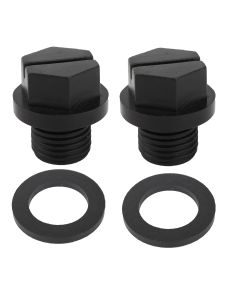
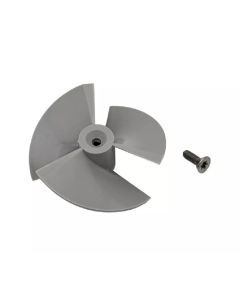
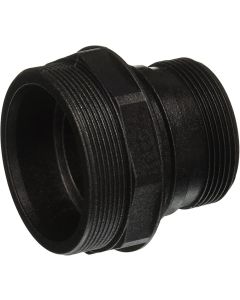
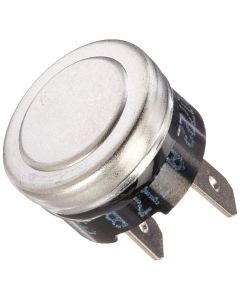



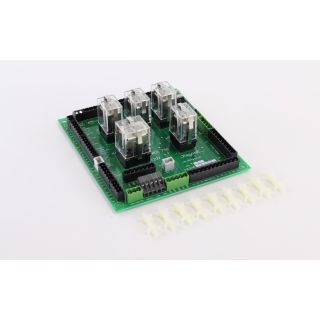

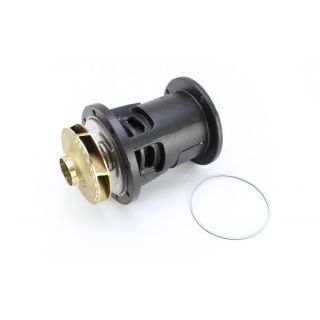
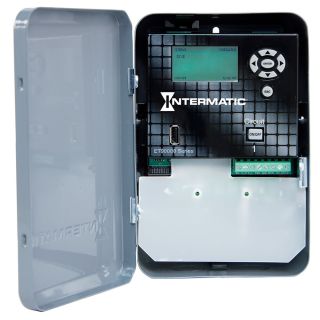
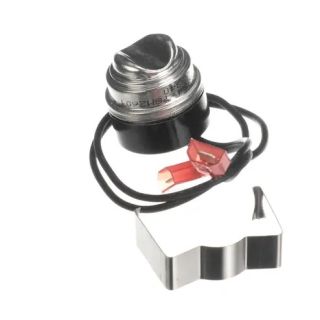





Validate your login